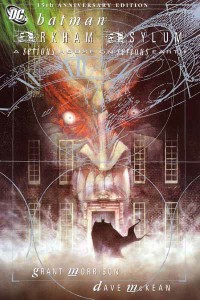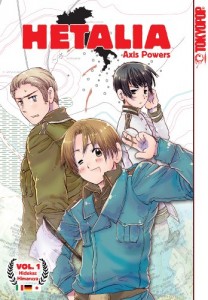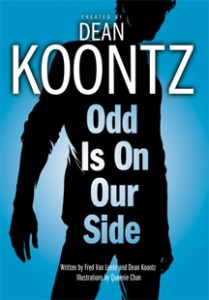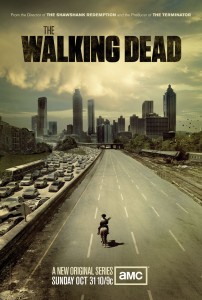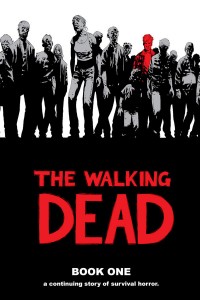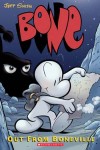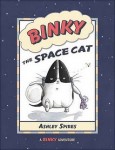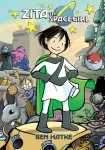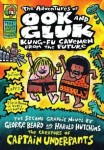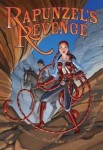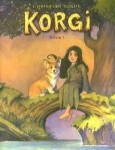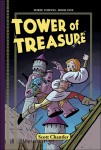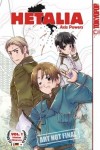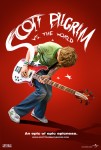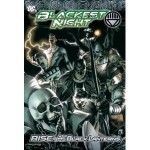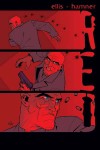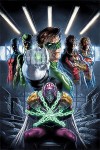Superheroes for the Uninitiated
Thursday, January 27th, 2011It’s a shame. While some superheroes still conform to the stereotypes of whizz-bang action and moralistic heroism, others represent some of the best comics today. Christopher Nolan has proven Batman’s dramatic strength in film but readers may not realize that the bones of that success come directly from rich and dynamic comics.
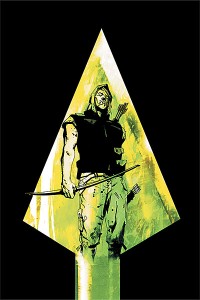 Among pop culture icons like Batman and Captain America, there are stories that stand out for adult readers. In the Batman universe, classics like Frank Miller’s Batman: Year One, Alan Moore’s Batman: The Killing Joke and Batman: Arkham Asylum are must-reads, and all were source materials for Nolan’s take on the universe. With solid storytelling and no need to know more than the basics of who Batman is, these single-volume windows into Batman’s mission are engaging crime dramas that show off both the character and the grim Gotham Nolan brought to the screen. Many of the Year One series of titles, including personal favorites Green Arrow: Year One and Batgirl: Year One, are well worth seeking out as starter lessons on DC’s heroes.
Among pop culture icons like Batman and Captain America, there are stories that stand out for adult readers. In the Batman universe, classics like Frank Miller’s Batman: Year One, Alan Moore’s Batman: The Killing Joke and Batman: Arkham Asylum are must-reads, and all were source materials for Nolan’s take on the universe. With solid storytelling and no need to know more than the basics of who Batman is, these single-volume windows into Batman’s mission are engaging crime dramas that show off both the character and the grim Gotham Nolan brought to the screen. Many of the Year One series of titles, including personal favorites Green Arrow: Year One and Batgirl: Year One, are well worth seeking out as starter lessons on DC’s heroes.
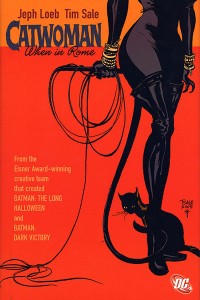 With the news that Anne Hathaway has been cast as the sex bomb Selina Kyle, aka Catwoman, in Nolan’s third and final Batman film, now is a good time to catch up with one of Batman’s finest foils. Sexy, amoral, brilliant, and loyal in her own special way, Catwoman has never been a true supervillian. Rather, she orbits Batman to poke giant holes in his rigid, unforgiving view of the world. Selina Kyle is a cat burglar by trade, and her skill at heists and existence apart from being Batman’s dangerous flirt is brought to action-packed life in the Catwoman series. Start with Catwoman: When in Rome for Jeph Loeb and artist Tim Sale’s impeccably gorgeous stand alone caper or pick up in Cooke’s retro series starting with Catwoman: The Dark End of the Street to see why Catwoman remains an icon.
With the news that Anne Hathaway has been cast as the sex bomb Selina Kyle, aka Catwoman, in Nolan’s third and final Batman film, now is a good time to catch up with one of Batman’s finest foils. Sexy, amoral, brilliant, and loyal in her own special way, Catwoman has never been a true supervillian. Rather, she orbits Batman to poke giant holes in his rigid, unforgiving view of the world. Selina Kyle is a cat burglar by trade, and her skill at heists and existence apart from being Batman’s dangerous flirt is brought to action-packed life in the Catwoman series. Start with Catwoman: When in Rome for Jeph Loeb and artist Tim Sale’s impeccably gorgeous stand alone caper or pick up in Cooke’s retro series starting with Catwoman: The Dark End of the Street to see why Catwoman remains an icon.
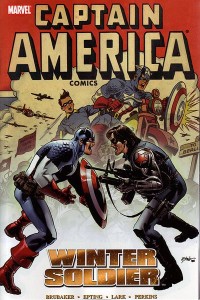 Impossible to overlook on Marvel’s side, Ed Brubaker’s writing in Captain America in the past few years has been nothing short of outstanding. While the widely reported deaths of favorite superheroes are not unjustly derided as media stunts (see the death of Superman), the narrative leading up to and through the death of Captain America is complex, sincerely emotional, and a compelling parallel for real-life concerns about the conflict between privacy and security. Start with Captain America: Winter Soldier to appreciate the full arc of storytelling, or jumping ahead to another storyline, start with Civil War: Captain America. Along the way you may have to remind yourself who Bucky is (the Cap’s original teen sidekick), but otherwise the storyline works just fine with what you already know: Steve Rogers is a WWII hero who can feel out of time, heads the Avengers, and hangs out with Tony Stark (aka Iron Man.)
Impossible to overlook on Marvel’s side, Ed Brubaker’s writing in Captain America in the past few years has been nothing short of outstanding. While the widely reported deaths of favorite superheroes are not unjustly derided as media stunts (see the death of Superman), the narrative leading up to and through the death of Captain America is complex, sincerely emotional, and a compelling parallel for real-life concerns about the conflict between privacy and security. Start with Captain America: Winter Soldier to appreciate the full arc of storytelling, or jumping ahead to another storyline, start with Civil War: Captain America. Along the way you may have to remind yourself who Bucky is (the Cap’s original teen sidekick), but otherwise the storyline works just fine with what you already know: Steve Rogers is a WWII hero who can feel out of time, heads the Avengers, and hangs out with Tony Stark (aka Iron Man.)
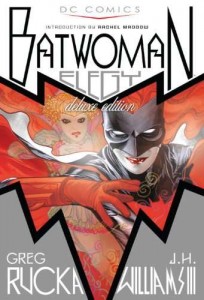 On the ladies’ side, this past year has seen Batwoman break down barriers by becoming the female lead of DC Comics flagship series, Detective Comics. Female readers (and quite a few male readers) have bemoaned the lack of a female superhero who was not only an equal to Superman or Batman but who took the lead in her own series and managed to sidestep donning a costume that was a more fetish object for fans than practical armor for fighting crime. As Batwoman, a counterpart to Batman, Kate Kane has existed since the 1950s, but in scribe Greg Rucka’s expert hands she has become a powerhouse reinterpretation. She echoes her namesake in brawn, deduction, and psychological damage, but she is also a departure from Batman’s blue-blood roots. A proud ex-military fighter and an out lesbian who’s personal history is coming back to haunt her in the Batwoman: Elegy storyline, she is giant step toward what fans have been craving. With J. H. Williams’s breathtaking art, this series is recent enough that readers can start with the first volume and feel like they’re getting in on the ground floor.
On the ladies’ side, this past year has seen Batwoman break down barriers by becoming the female lead of DC Comics flagship series, Detective Comics. Female readers (and quite a few male readers) have bemoaned the lack of a female superhero who was not only an equal to Superman or Batman but who took the lead in her own series and managed to sidestep donning a costume that was a more fetish object for fans than practical armor for fighting crime. As Batwoman, a counterpart to Batman, Kate Kane has existed since the 1950s, but in scribe Greg Rucka’s expert hands she has become a powerhouse reinterpretation. She echoes her namesake in brawn, deduction, and psychological damage, but she is also a departure from Batman’s blue-blood roots. A proud ex-military fighter and an out lesbian who’s personal history is coming back to haunt her in the Batwoman: Elegy storyline, she is giant step toward what fans have been craving. With J. H. Williams’s breathtaking art, this series is recent enough that readers can start with the first volume and feel like they’re getting in on the ground floor.
In this post I’ve just touched on the most recognizable superheroes. In my next installment, I’ll take a look at some excellent superheroes from outside these universes.


